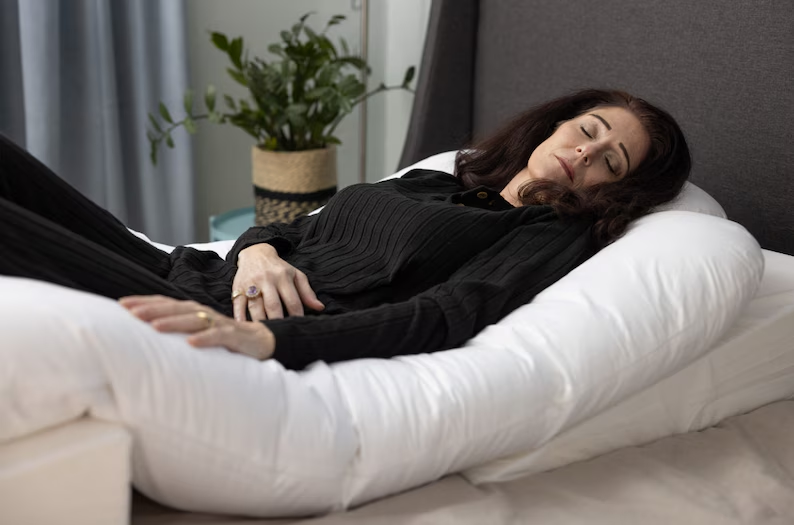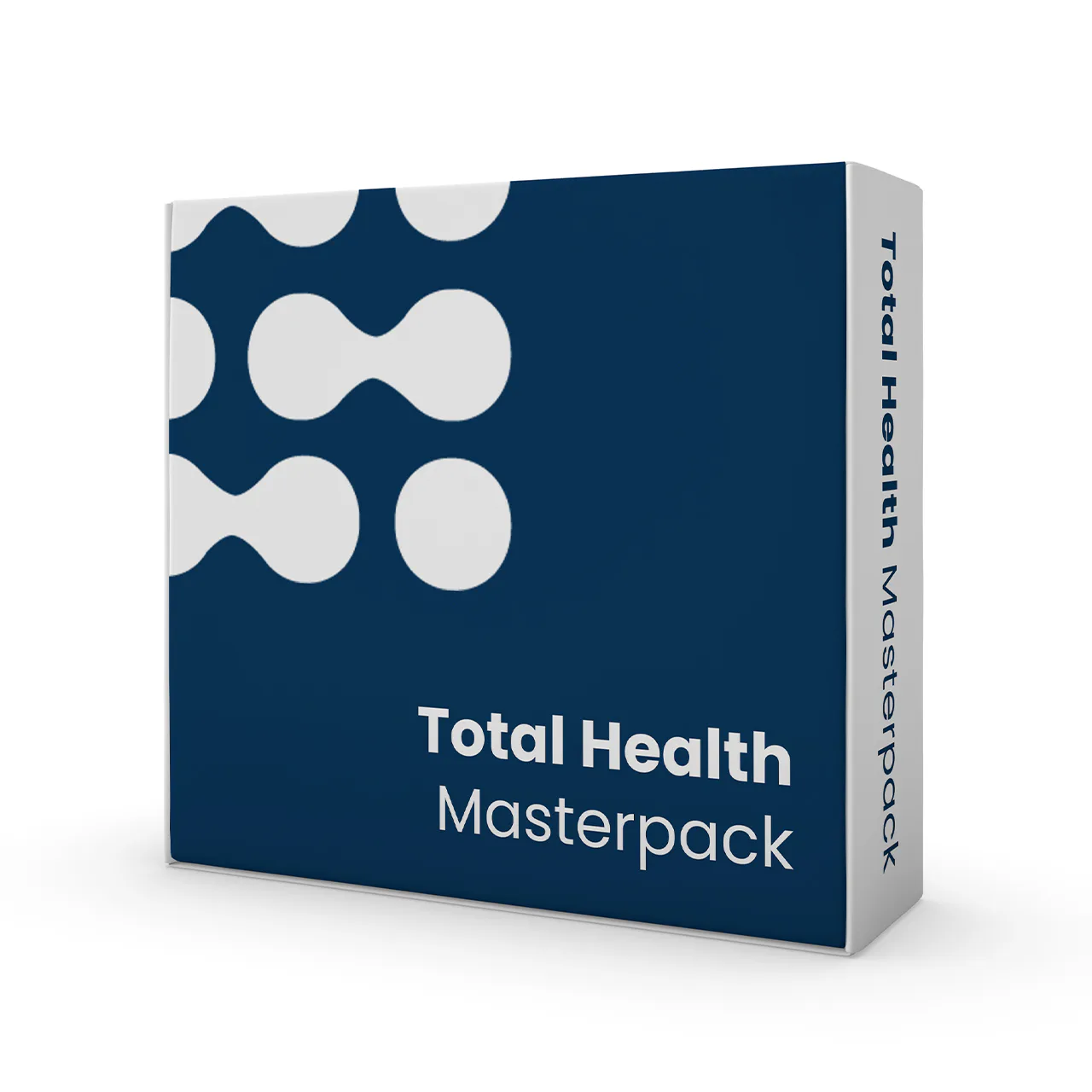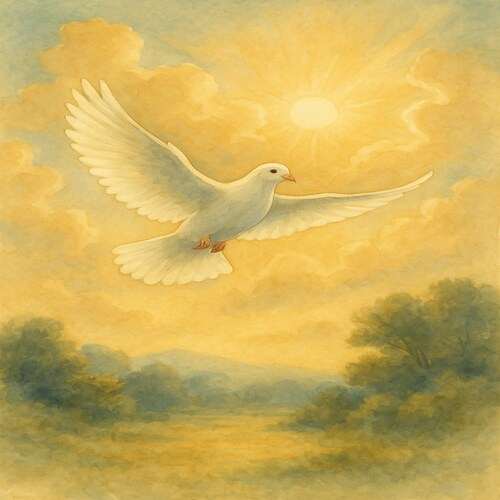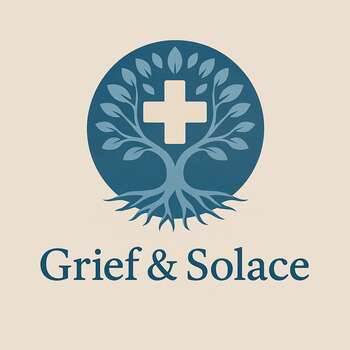Grieving Wound Healing Disorders: When the Body Refuses to Recover
Grief with wound healing disorders is slow and relentless, mourning every cut that lingers, every surgery that won’t close, every inch of skin that won’t forgive.
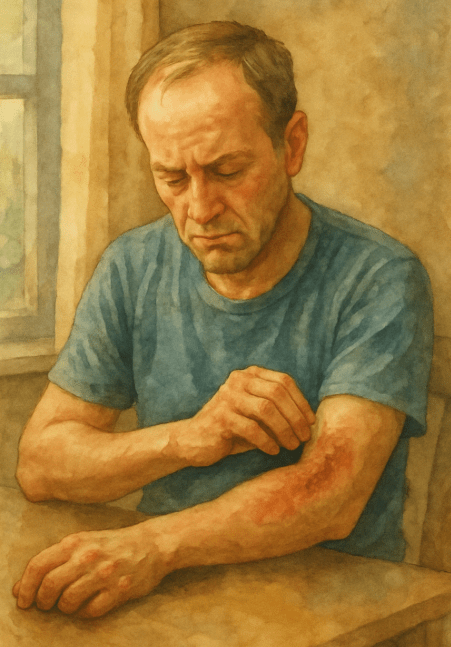
This post blends real grief with grounded knowledge. It isn’t clinical. It isn’t distant. It’s meant to sit beside you—not above you. The story you’ll read is meant to reflect what so many feel when living through or witnessing this condition: confusion, exhaustion, and quiet forms of courage.
If what you read feels familiar, please speak with your doctor. Your pain deserves more than silence.
We Counted Stitches Like Prayers
The wound was clean… That’s what the doctor said. No infection. No necrosis. No need for panic…just time.
Yet time doesn’t feel clean when you’re faced with skin that has been torn apart.
He couldn’t tear his gaze away from it, the row of stitches marching across his forearm like an unwanted memory. They told him he was lucky; it could have been worse. The tendon was spared, and the bone remained intact. But he didn’t feel lucky.
He felt cut…
Overview
Wound healing is a complex biological process that restores skin and tissue integrity after injury. It involves the epidermis, dermis, and deeper layers, integrating cellular, molecular, and vascular mechanisms.
Wounds may be open or closed, classified by depth, contamination, and healing intention.
Types of Wounds
By Skin Integrity
– Open: Skin is broken (cuts, lacerations, abrasions)
– Closed: Skin intact, but internal damage (contusions, hematomas)
By Contamination Level
– Class 1 (Clean): No infection or inflammation
– Class 2 (Clean-contaminated): Enters respiratory, GI, GU tracts under controlled conditions
– Class 3 (Contaminated): Fresh, open wounds, possible breaks in sterile technique
– Class 4 (Dirty-infected): Old traumatic wounds, devitalized tissue, visible infection
Once an athlete with fast hands and fluid motion, he now watched as they fumbled with gauze and medical tape. Their fingers trembled, not from pain, but from uncertainty.
The worst part wasn’t the injury, but what followed: the slowness, the stillness, the need for help with everyday tasks.
His girlfriend cleaned the wound, never flinching. She called it beautiful because it was healing. But he couldn’t see it that way. He only saw the interruption, the broken streak, a permanent reminder that his body was not invincible.
Some days, the stitches pulled. Other days, the skin around them throbbed, hot and pink. Each time the wound oozed, he feared it was unraveling. Each time it dried, he held his breath—as if stillness could hasten the healing of flesh…
They counted together… Day by day… Suture by suture…
She whispered encouragement while applying ointment like sacred text. He kept a log on his phone, every centimeter closed, every color faded became a testament.
Phases of Wound Healing
1. Hemostasis (Immediate)
– Clotting cascade begins seconds after injury
– Platelets adhere, fibrin forms a stable clot
– Thrombus traps cells, halts bleeding
– Vital for closure but dangerous if dislodged (e.g., stroke, PE)
2. Inflammation (Hours–Days)
– Leaky vessels cause swelling, pain, and redness
– White blood cells remove debris, bacteria, and necrotic tissue
– Cytokines and growth factors prepare the wound for regeneration
3. Proliferation (Days–Weeks)
– Granulation tissue forms: collagen, fibroblasts, and capillaries
– Myofibroblasts contract the wound
– Epithelialization resurfaces the wound
– Moisture aids reepithelialization—supported by semi-occlusive dressings
4. Maturation / Remodelling (Weeks–Months–Years)
– Type III collagen replaced with Type I
– Strength increases, but maxes at approximately 80% of original skin tensile strength
– Tissue reorganizes along lines of tension
– Unneeded cells undergo apoptosis
Each stitch was a promise. Each scar, a signature. And though the wound closed slowly, it never forgot to finish.
Types of Healing
Primary Intention
– Clean, surgically closed wounds
– Minimal scarring, quick healing
Secondary Intention
– Open wounds healing naturally
– Involves granulation, contraction, epithelialization
– More scarring, higher infection risk
Tertiary Intention (Delayed Primary)
– Wound initially left open due to risk (e.g., infection)
– Closed surgically after granulation tissue forms
But there was grief, too…
He grieved the length of time it took, the way his body flinched at its own reflection, the strangers’ stares. Sometimes, he wished for those stares to validate the reality of his pain.
Then the day came. The stitches came out. The wound didn’t split. The scar remained.
And he thanked it. Not because it vanished, but because it didn’t. Because it signified something survived.
Healing Outcomes
Excessive Healing
– Hypertrophic scars: Raised, stay within wound border
– Keloids: Extend beyond the wound
– Associated with prolonged inflammation and collagen dysregulation
Chronic Wounds
– Fail to heal within 4 weeks
– Often vascular (venous, arterial ulcers), diabetic, or pressure ulcers
– Risk factors: age, infection, ischemia, smoking, malnutrition, diabetes, immune suppression
Clinical Complications
– Deficient or excessive scar formation
– Exuberant granulation
– Calcification
– Pigment changes
– Incisional hernias
– Painful scars or tight contractures
📘 Expanded
Factors That Affect Wound Healing
– Systemic: Age, immune status, malnutrition, chronic diseases, medications, chemotherapy, radiation
– Local: Ischemia, necrosis, infection, edema, foreign bodies, improper closure
– Extrinsic: Pressure, friction, shear, support surfaces
Role of Physiotherapy
Physical therapists are vital in managing:
– Chronic ulcers
– Post-surgical wounds
– Diabetic foot ulcers
– Edematous extremity wounds
– Non-healing vascular wounds
Interventions include wound measurement, debridement, dressing, compression therapy, ultrasound mist, pulsed lavage, electrical stimulation, and patient education.
Living With It (Grief & Solace Interpretation)
Wounds don’t just break the skin—they expose the soul.
Whether it’s a surgical scar, a pressure ulcer, or a diabetic wound that won’t close, healing is never just physical. It’s emotional. It’s slow. And sometimes—it’s frighteningly still.
There’s grief in watching your body unravel. In changing dressings that reopen memories. In waiting, day after day, for a sign that your tissue remembers how to rebuild.
But healing does come. In granulation. In pinkness. In the subtle strength of scar tissue that wasn’t there yesterday. In the way your body doesn’t give up, even when you almost do.
You are healing. Not perfectly. But faithfully.
I know this is heavy, and I understand that the road ahead may feel like a tangle of loss and unanswered questions. But please hear this: you are not broken because you are hurting; you are not weak because you are afraid. You are living through something real, and survival itself is a kind of grace. You are allowed to struggle, you are allowed to hope, and you are allowed to not have all the answers today. Whatever comes next, you do not face it empty-handed; you carry every moment of love that shaped you, and that will always be enough to keep going.
🎀 Gifts to help With Grieving Wound Healing Disorders
🏥 Everyday Comforts for Everyday Battles
Managing Grieving Wound Healing Disorders often means needing a little extra help.
Sometimes it’s about restoring dignity, ease, or simply getting through the day with less pain.
These carefully chosen tools aren’t just items; they’re small bridges back to living.
This section is about finding practical support, never shame.
Full-Body Recovery Wedge Pillow – Elevation for Wounds That Need Blood Flow and Stillness
Wounds heal best when circulation improves and pressure stays off the damage. This full-body wedge pillow elevates legs, back, or surgical areas to reduce inflammation and support blood flow without stress on fragile tissue. Ideal for post-op, diabetic wounds, or long-term immobility. Because healing isn’t just about protection—it’s about position.
🌿 Paths to Healing Beyond the Map
Sometimes traditional medicine isn’t enough.
If you’re exploring gentle, alternative options to help with Grieving Wound Healing Disorders,
you might find comfort in plant-based compounds like **CBD or CBG**.
*This section is not medical advice, just a door left open.*
USA Medical Total Health Master Pack – Internal Reinforcement for a System Rebuilding from the
Wound healing demands more than gauze—your body needs sleep, circulation, immune balance, and calm to repair itself. This Total Pack provides CBD, inflammation support, and nervous system aid to help healing from the inside out. It won’t close the wound. But it helps the body remember how.
Need a Different Path Forward?
Every journey through grief looks different. Choose the next step that speaks to where you are now:
When You're Ready to Start Healing
Healing doesn’t mean forgetting.
It means finding small ways to carry your grief with strength and grace.
These are the stories, tools, and gentle steps to begin walking forward…at your own pace.
When You're Still in the Thick of It
Sometimes healing feels like a lie.
If you’re not ready to move on…if the pain still roars louder than the world wants to hear…this is the place where you’re allowed to feel it.
No sugarcoating. No pretending. Just truth.
When You're Holding on to Who’s Still Here
Grief reminds us to love louder.
If someone you love is still with you, this is your place to celebrate them, honor them, and create new memories while there’s still time.
Joy and sorrow can live side by side.

